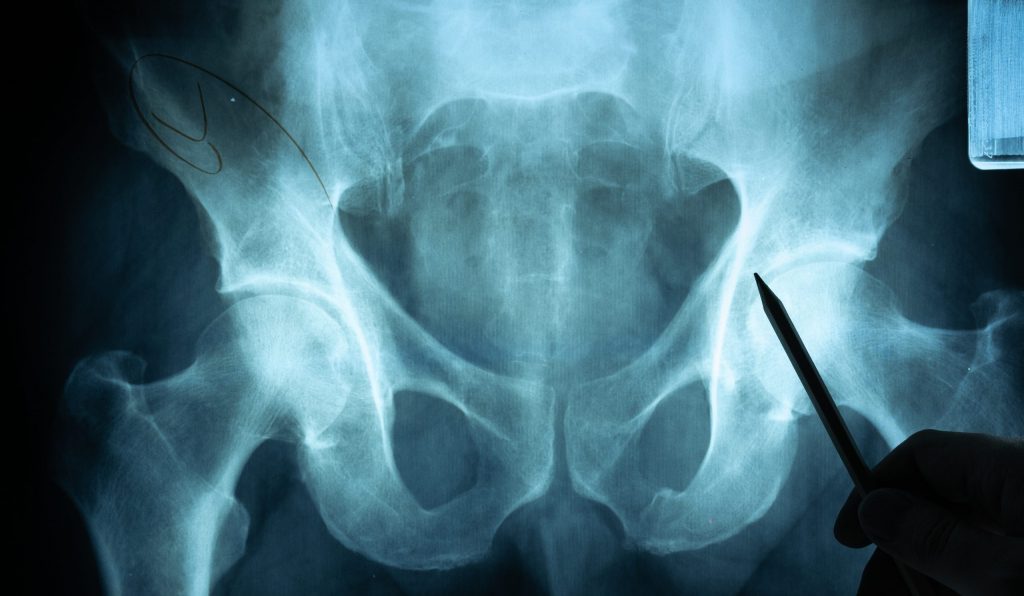
U.K. and U.S. shortages of radiologists might be solved by the use of AI. (Source: Adobe Stock)
Hip Fractures Discovered Sooner with AI, According to Study by Radiology College
As Seeflection.com has been reporting for a few years, AI is making a whole new world of medical care. And the list of new medical tools and insights grows daily. AI programs are training surgeons and even AI robots are performing surgery on several areas of the human body. Algorithms are able to recognize the likely onset of a heart attack by scanning the retinal photos of a patient.
Now comes news from thewashingtonpost.com that says AI has gotten better at reading x-rays. So good in fact, AI is better than trained radiologists.
AI is increasingly used to beef up radiologists’ expertise. According to a 2020 study conducted by the American College of Radiology, an estimated 30 percent of radiologists use AI tools on the job, and more are considering the switch.
Erin Blakemore writes that this new algorithm that reads x-rays of broken hips is an incredibly accurate tool. When it comes to hip fractures, time is of the essence. Delays in surgery are associated with the risk of death and pressure sores, and patients with broken hips should ideally get surgery within 48 hours.
The problem is a shortage of radiologists due to the impact of the Covid pandemic. Artificial Intelligence could help, a recent study indicates. When researchers pitted machine learning against human radiologists, the computer won, classifying hip fractures 19 percent more accurately than human experts.
The study, published in Nature Scientific Reports, was conducted in the United Kingdom. Like the United States, it has an aging population, and hip fractures rise along with age. An estimated 300,000 hip fractures occur every year in the United States, and that number is expected to rise to more than 500,000 by 2040.
“This new technique we’ve shared has great potential,” said Richie Gill, a co-author of the paper who is co-director of the Centre for Therapeutic Innovation and the Institute for Mathematical Innovation at the University of Bath, in a news release. The method could achieve greater access and speed diagnoses, he said.
Since time is of the essence with hip fractures, the addition of AI scanning could reduce the wait time for patients and help speed their healing.
read more at washingtonpost.com







Leave A Comment